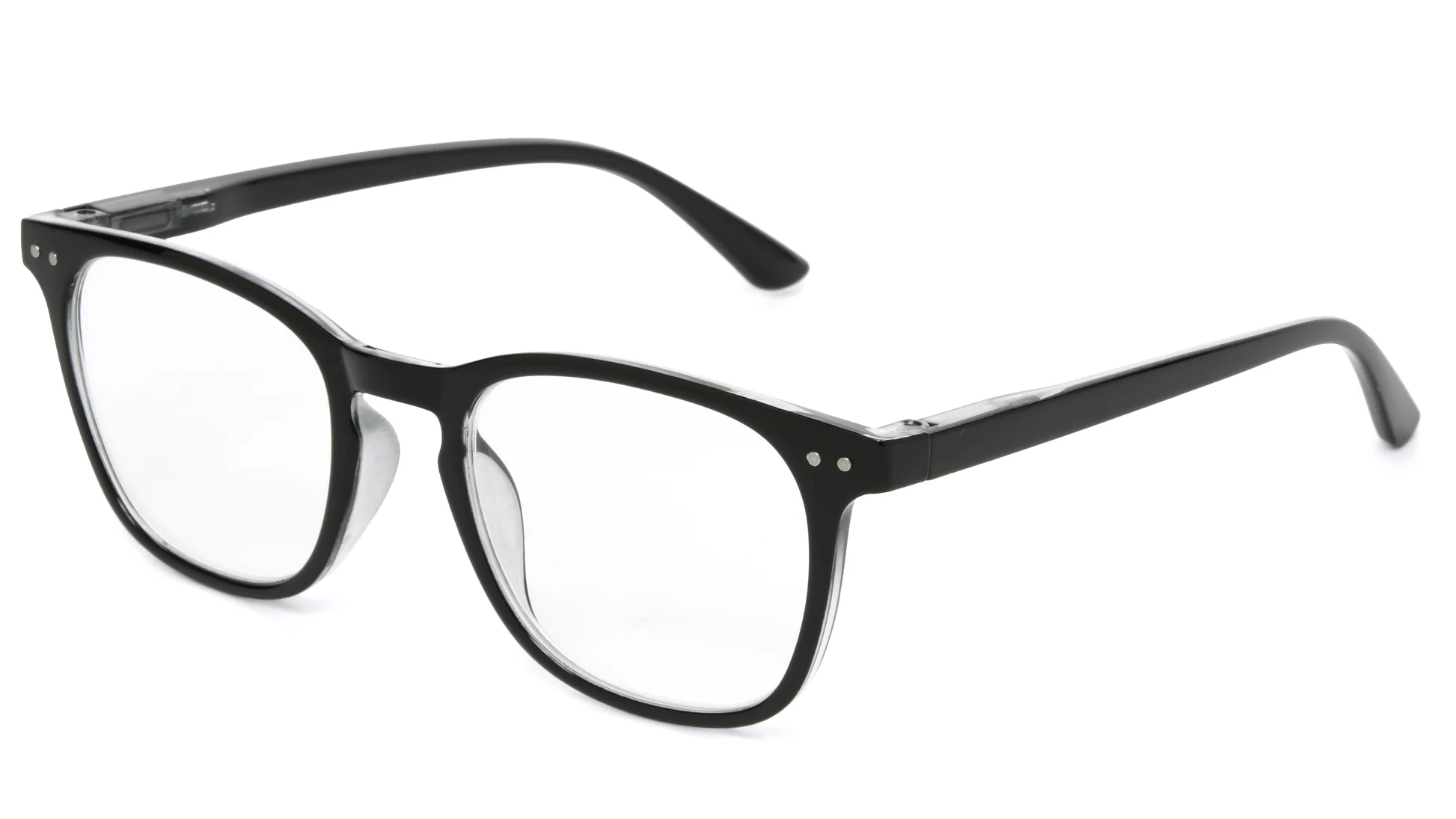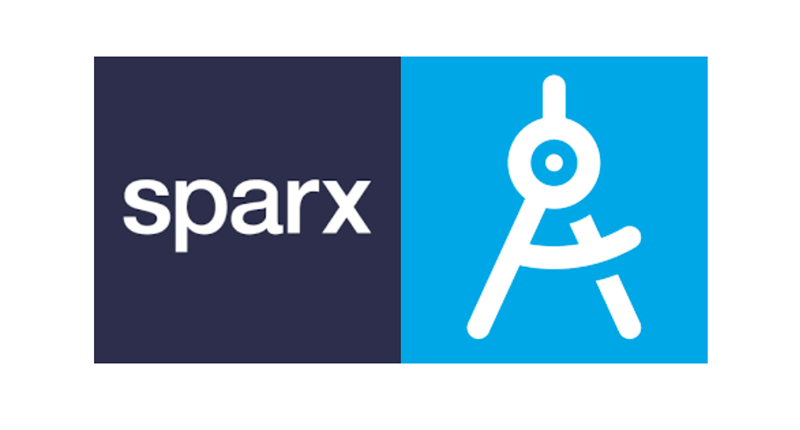Reading glasses have become an essential accessory for millions of people around the world. Whether you’re flipping through your favorite book, scrolling on a smartphone, or working on a computer, clear vision is crucial. As age progresses, many experience presbyopia—a natural condition where the eye gradually loses the ability to focus on nearby objects. That’s where reading glasses come in, offering both clarity and comfort.
In this guide, we’ll explore everything you need to know about reading glasses: how they work, the different types available, how to select the right pair, and answers to frequently asked questions.
Why Do People Need Reading Glasses?
Most people notice changes in their vision after the age of 40. This is due to the stiffening of the eye’s natural lens, which makes it harder to focus on objects up close. Common symptoms include:
-
Difficulty reading small print
-
Eye strain or headaches after reading
-
Holding reading material farther away to see clearly
-
Blurry vision when looking at close objects
Reading glasses correct these issues by magnifying text and images, making close-up tasks much easier.
Types of Reading Glasses
Choosing the right reading glasses depends on your needs, lifestyle, and preferences. Here are the main types available:
1. Full Frame Reading Glasses
These have magnification across the entire lens and are ideal for people who spend extended time on close-up tasks like reading books or sewing.
2. Half-Eye Reading Glasses
Designed with a smaller frame, these glasses sit lower on the nose, allowing wearers to look down for reading and glance up for distance vision.
3. Bifocal Reading Glasses
Bifocals combine two prescriptions in one lens: the top part for distance vision and the bottom for close-up reading. They’re convenient for people who need correction for both near and far vision.
4. Computer Reading Glasses
With blue-light filtering and slightly lower magnification, these are designed for those who spend hours in front of screens. They reduce digital eye strain and improve comfort.
5. Custom Prescription Reading Glasses
If store-bought readers don’t provide enough clarity, an optometrist can prescribe customized lenses tailored to your exact vision needs.
How to Choose the Best Reading Glasses
When shopping for reading glasses, consider these important factors:
-
Magnification Strength: Reading glasses typically range from +1.00 to +4.00 diopters. Start with the lowest power that improves your vision without causing discomfort.
-
Lens Quality: Opt for high-quality lenses that are free of distortion and offer UV protection.
-
Frame Style: Choose frames that not only fit your face comfortably but also match your style. Lightweight materials like titanium or acetate are popular choices.
-
Usage: Consider where you’ll use them most. For instance, full-frame readers are best for long reading sessions, while half-eye readers work well for quick tasks.
-
Extra Features: Look for coatings like anti-reflective, scratch-resistant, or blue light filters, depending on your needs.
Benefits of Wearing Reading Glasses
Wearing the right pair of reading glasses can make a significant difference in your daily life:
-
Reduced eye strain and headaches
-
Improved reading speed and comfort
-
Better focus on close-up tasks
-
Enhanced productivity, especially at work or school
-
Stylish accessory to complement your look
Common Mistakes to Avoid
-
Buying Too Strong a Magnification: A higher number doesn’t mean better. Using overly strong lenses can worsen eye strain.
-
Ignoring Regular Eye Exams: Even if you use over-the-counter readers, it’s important to have your eyes checked regularly.
-
Overlooking Fit and Comfort: Glasses that pinch or slide down your nose will become frustrating quickly.
FAQs
1. Can wearing reading glasses make my eyesight worse?
No. Reading glasses do not weaken your vision. They simply help your eyes focus better on nearby objects.
2. How do I know what strength I need?
Most people start with +1.00 or +1.25 diopters in their early 40s and gradually increase as needed. An eye test or trial pairs in a store can help you find the right strength.
3. Are drugstore reading glasses safe?
Yes, over-the-counter these glasses are safe for most people. However, if you have different prescriptions in each eye or astigmatism, custom prescription glasses are a better option.
4. How often should I replace my reading glasses?
Most people need to update their readers every 2–3 years as their vision changes.
5. Do I need separate glasses for reading and computer work?
Not always. Some computer glasses double as readers with added blue-light protection. If you spend a lot of time on screens, it’s worth considering a dedicated pair.
Also Read: Sparx Math
Final Thoughts
These glasses are more than just vision aids—they’re tools for comfort, productivity, and even personal style. Whether you choose full-frame, half-eye, bifocal, or computer readers, the right pair can make a noticeable difference in your daily life.
Regular eye checkups and selecting the correct strength will ensure that you get the most out of your reading glasses. With countless styles and options available today, finding a pair that suits both your vision and your personality has never been easier.



